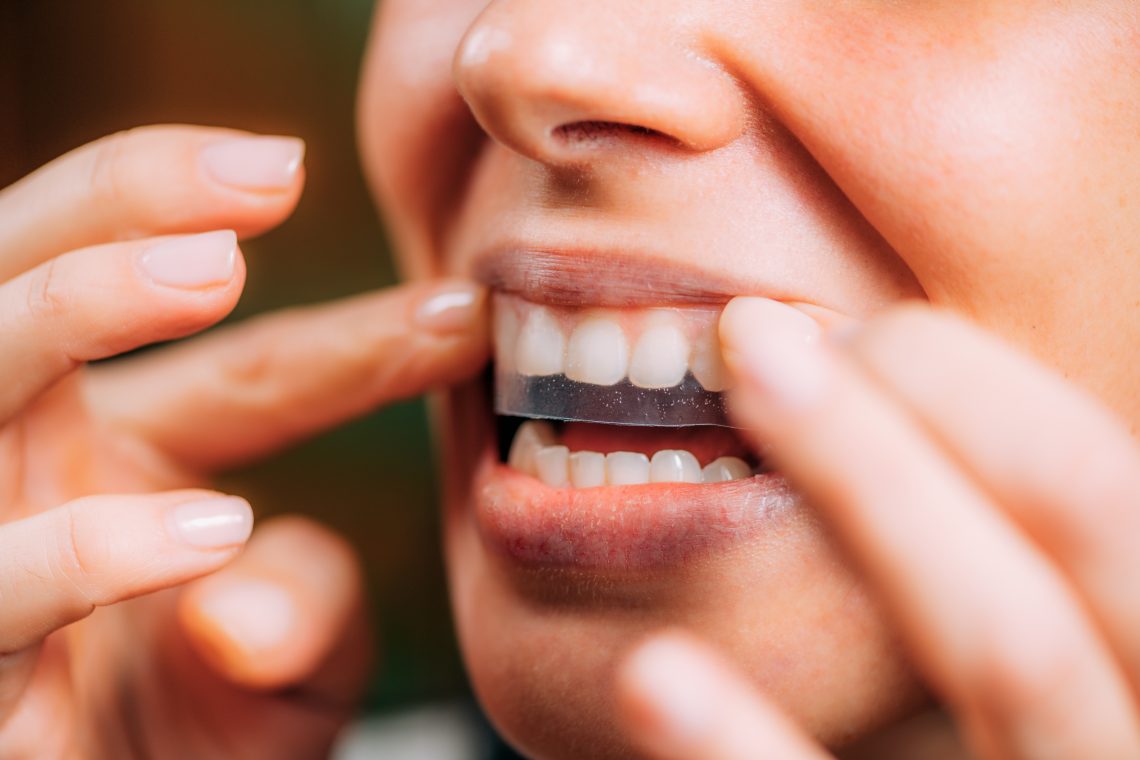Teeth whitening has become an increasingly popular cosmetic treatment, promising a brighter smile and a boost in confidence. Over-the-counter (OTC) whitening strips and trays offer a convenient and cost-effective solution, often without the need for a dentist visit.
However, while these products can deliver noticeable results, they also come with a range of potential risks. Understanding these risks can help you make an informed decision about whether OTC whitening treatments are right for you.
Tooth Sensitivity
One of the most common side effects of using OTC whitening strips and trays is increased tooth sensitivity. Whitening agents, typically hydrogen peroxide or carbamide peroxide, can penetrate the enamel and reach the dentin layer, which contains tiny tubes leading to the nerve of the tooth.
This can result in heightened sensitivity to hot, cold, or sweet foods and beverages, causing discomfort that can last for a few days or longer.
Gum Irritation
Some chemicals used in teeth whitening treatment can also irritate or damage your gums. When whitening strips or trays come into contact with your gums, they can cause redness, inflammation, and even bleeding.
It’s crucial to ensure that the product is applied correctly, avoiding any direct contact with your gums. If irritation persists, it may be necessary to discontinue use and consult a dentist.
Uneven Whitening
Achieving a uniformly white smile with OTC products can be challenging. Due to the varying shapes and positions of teeth, whitening strips and trays may not make consistent contact with all surfaces.
This can lead to uneven whitening, where some areas of your teeth appear lighter than others. Professional teeth whitening treatments often use custom-fitted trays to ensure even application, a feature usually absent in OTC products.
Damage to Tooth Enamel
Overusing whitening products or using them incorrectly can lead to enamel damage. The enamel is the hard, protective outer layer of your teeth, and excessive exposure to whitening agents can weaken it.
Once the enamel is compromised, your teeth become more vulnerable to decay and other dental issues. It’s essential to follow the recommended usage instructions and avoid prolonged or frequent treatments.
Allergic Reactions
While rare, some individuals may experience allergic reactions to the ingredients in whitening strips and trays. Symptoms can include swelling, itching, and redness in the mouth or throat.
If you suspect an allergic reaction, stop using the product immediately and seek medical advice. Always check the ingredient list before using any new teeth whitening treatment.
Mouth Sores
Prolonged exposure to whitening agents can lead to mouth sores or blisters. These painful lesions can develop on the gums, lips, or inner cheeks and may take several days to heal.
Ensuring that the whitening agent stays only on your teeth and not on soft tissues is vital to preventing these sores.
Last word
While over-the-counter whitening strips and trays can be a convenient way to achieve a brighter smile, it’s essential to be aware of the associated risks.
Tooth sensitivity, gum irritation, uneven whitening, and damage to tooth enamel are just a few potential side effects. By understanding these risks and using whitening products responsibly, you can make a more informed decision about your teeth whitening treatment.
For the best results and minimal risks, consider consulting a dental professional who can tailor the treatment to your specific needs and ensure your oral health is protected.
Read more beauty and dental care articles at ClichéMag.com
Images provided by Deposit Photos, BingAI, Adobe Stock, Unsplash, Pexels, Pixabay & Creative Commons


